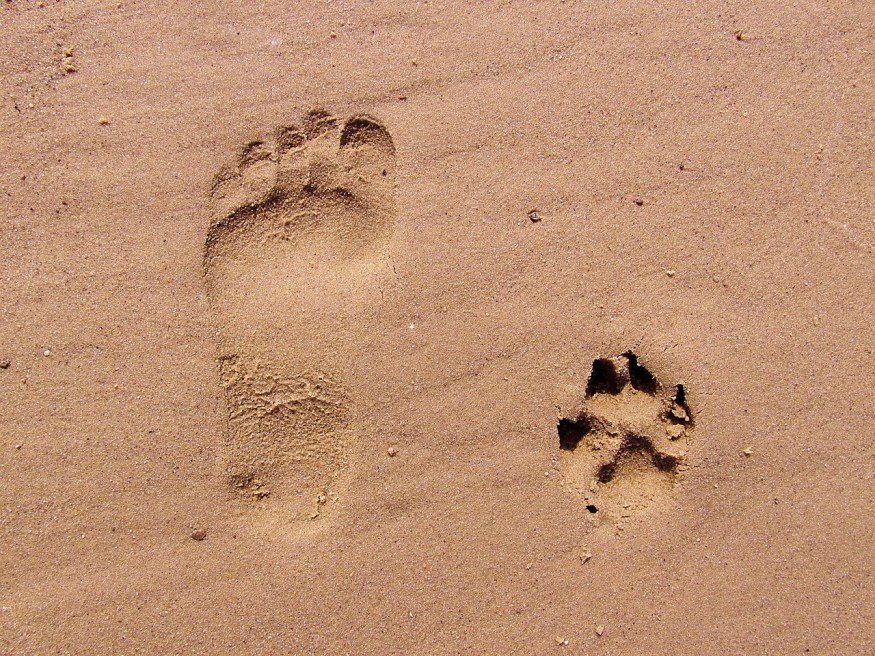
Rare 300,000-year-old footprints show how ancient, extinct humans once co-existed with prehistoric rhinos and elephants.
Oldest Humans Found in Germany
According to Live Science, the researchers confirmed that ancient humans and their relatives used to forage and bathe among these prehistoric beasts. More specifically, these ancient humans were Homo heidelbergensis species from roughly 700,000 to 200,000 years ago.
A similar 2018 study published in the Scientific Reports journal was able to report similar links between these ancient humans and beasts. However, these new footprint findings are the first footprint proof of H. heidelbergensis across Germany. Live Science also adds that it is also the fourth record of H. heidelbergensis footprints across the globe.
This new study is the first time the researchers have performed in-depth investigations on fossilized tracks from two Schöningen sites. Such tracks, combined with archaeological, sedimentological, paleobotanical, and paleontological analyses, offer insights regarding the paleoenvironment of these ancient mammals. Among these tracks were three that belonged to the H. heidelbergensis species.
Archaeologist Flavio Altamura from the University of Tübingen in Germany explains that the three footprints, which were found in a Schöningen Paleolithic fossil area, are direct evidence that hominins were present in the area. He adds that one of the footprints was clearly from an adult, while the others were significantly smaller. Given how the two other footprints correspond to younger ones, Dr. Altamura explains that this serves as proof that children were present.
According to Interesting Engineering, Dr. Altamura also adds that the footprints have an age of roughly 300,000 years. With this, they are also the oldest ones ever found in Germany. The study was published in Quaternary Science Reviews.
Going back, the findings are quite significant because having proof of the presence of children in prehistoric areas is quite rare. The majority of evidence comes from human remains, food waste, and tools. Dr. Altamura explains that finding the bones of children has to be done intentionally and is quite rare. Hence, it is difficult to know about the behavior and lifestyle of these children.
Animal Footprints
Phys also reports that on top of analyzing the human footprints, the researchers also looked into the footprints of elephants that belonged to the ancient and extinct Palaeoloxodon antiquus. These elephants had straight tusks and were the largest animals on land during this period. Adult bulls could have weighed as much as 13 tons.
Dr. Jordi Serangeli, the excavation supervisor from Schöningen, explains that the elephant prints had an incredible length of 55 centimeters.
A rhinoceros track was also found. It may have also belonged to the Stephanorhinus hemitoechu or Stephanorhinus kirchbergensis species. This marks the first prints of either species that have been spotted in Europe.
RELATED ARTICLE : 100,000-Year-Old Fossilized Footprints Shows Similarity Between Neanderthal and Modern Children
Check out more news and information on Archaeology in Science Times.












